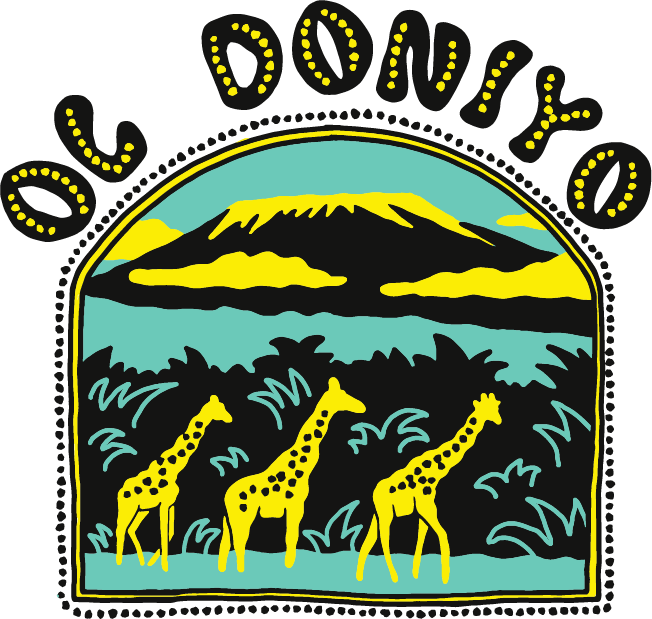About This Coffee
Ol Doniyo is part of our Sucafina Originals range, our line of consistent and affordable blends directly sourced from our vertically-integrated supply chain.
Named for the Maasai word for mountains, our Ol Doniyo blend showcases coffees sourced from cooperatives across Tanzania’s highest altitude growing regions. Selected by QC teams at our sister company in Tanzania, Ol Doniyo showcases the often undervalued fully washed smallholder coffees at consistent and accessible 82+ blend that’s available in larger volumes. Vertical integration and whole-harvest sourcing enable us to source Ol Doniyo at an accessible price that supports roaster success and producer resilience.
Cultivation
In addition to growing coffee, farmers typically intercrop with corn, beans, groundnuts, sunflowers and ginger.
Harvest & Post-Harvest
Cherry is hand-harvested. Farmer process cherry on their own farms, so individual processing methods vary from farm to farm. In general, cherry is pulped using either an eco-pulper or standard pulper and then fermented. Following fermentation, parchment is dried on raised beds for 14-20 days.
Once dry, the parchment sits for 2-3 months in cooperative warehouses before being transferred to mills in either Mbozi or Mbinga, districts in Southern Tanzania, to be prepared for export.
Coffee in Tanzania
Coffee’s roots in Tanzania can be traced via oral history back to the Haya tribe of Northwest Tanzania in the 16th century. Following German and then British colonial rule, the Tanzanian coffee industry has undergone many transformations and adjustments in an effort to create the most equal, profitable and high-quality coffee possible. Today, our in-country partner, Sucafina Tanzania, is invested in improving the coffee and the lives of smallholder farmers through a variety of initiatives.
Coffee in Tanzania was grown almost exclusively in the North for a long time. The Kilimanjaro, Arusha, Tarime, Kagera, Kigoma and Karatu/Ngorongoro regions were prized for their ideal Arabica growing conditions. At the time, coffee production was so concentrated in the north that Moshi, a northern municipality, was the only hub for all coffee milling and sales.
Operations in Moshi grew to truly massive proportions in the 1950s and early-1960s. Since both Tanzania, Kenya and Burundi were under British rule in the post-war decades, Moshi was the second milling and sales hub (after Nairobi, Kenya) for British coffee production.
Coffee cultivation has extended southwards in recent years. In addition to the historical powerhouse regions in the north, coffee is now also grown in the southern regions of Ruvuma and Mbeya/Mbozi. Most Southern expansion of coffee growing occurred in the 1970s and 1980s and was encouraged by two projects supported by European backers. In an ironic twist, today 75 to 85% of total coffee production in Tanzania today comes from farms in the south.
